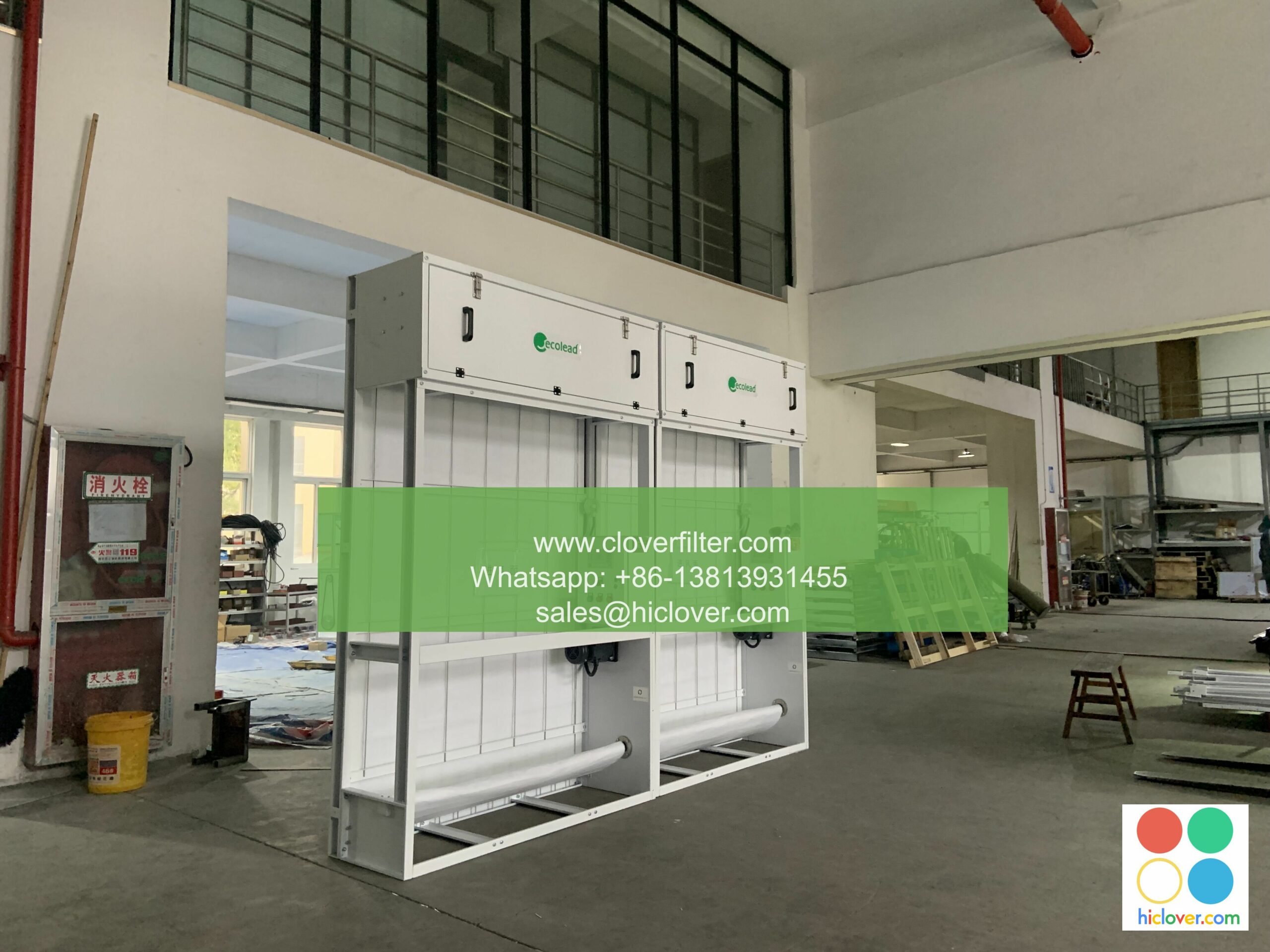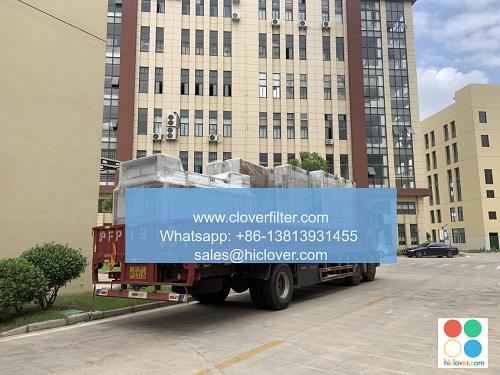Group 1: Introduction and Overview

Group 1, also known as the alkali metals, is a fascinating group in the periodic table that comprises lithium (Li), sodium (Na), potassium (K), rubidium (Rb), caesium (Cs), and francium (Fr). These highly reactive and soft metals are characterized by their single electron in the outermost shell, which makes them prone to losing this electron to form a positive ion. In this article, we will delve into the key properties and application areas of Group 1 elements, highlighting their significance in various fields.
Physical and Chemical Properties
The elements in Group 1 exhibit a range of physical properties, including low melting and boiling points, low densities, and high reactivity. Their chemical properties are also noteworthy, as they readily react with water, air, and acids to produce alkaline solutions and hydrogen gas. The electronegativity of these elements is relatively low, which contributes to their high reactivity.
Application Areas
Group 1 elements have a multitude of practical applications across various industries, including:
- Batteries: Lithium is widely used in rechargeable batteries, such as lithium-ion batteries, which power electric vehicles, mobile devices, and renewable energy systems.
- Pharmaceuticals: Sodium and potassium are essential components in many pharmaceuticals, including medicines and vaccines.
- Agriculture: Potassium is a key nutrient for plant growth, and potassium-rich fertilizers are used to promote crop yields and soil health.
- Nuclear Energy: Caesium is used in nuclear reactors as a coolant, while rubidium is employed in nuclear medicine for cancer treatment and imaging applications.
- Catalysts: Group 1 elements are also used as catalysts in various industrial processes, such as petroleum refining and chemical synthesis.
Environmental and Health Concerns
While Group 1 elements have numerous benefits, they also pose some environmental and health risks. For example, the extraction and processing of these elements can lead to water pollution and soil contamination. Additionally, exposure to high levels of certain Group 1 elements, such as lithium and caesium, can be toxic to humans and the environment.
Conclusion
In conclusion, Group 1 elements are a unique and fascinating group of metals with a range of properties and applications. From batteries and pharmaceuticals to agriculture and nuclear energy, these elements play a crucial role in various industries. However, it is essential to address the environmental and health concerns associated with their extraction, processing, and use. By understanding the basics of Group 1 elements and their application areas, we can harness their potential while minimizing their negative impacts.

